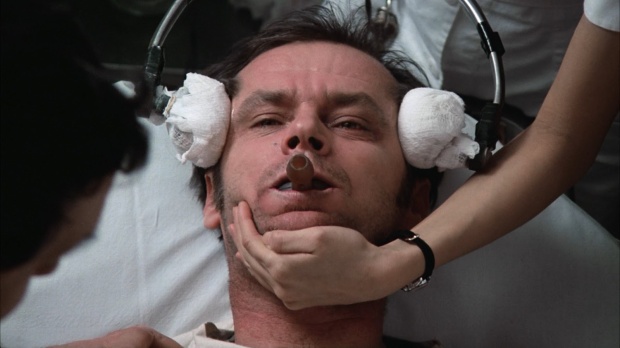As I mentioned at the end of my blog ‘Frightening Phobias’ (https://isntsciencewonderful.wordpress.com/2016/01/31/frightening-phobias/) there are two main treatments for phobias.
The first is systematic desensitisation. Firstly, the client is taught relaxation methods such as breathing exercises until a successful method is found, as many clients will find even simply discussing their phobias distressing. The client and therapist then create an anxiety hierarchy. This is a list of situations regarding the phobic stimulus that provoke anxiety, starting from the least frightening and ending with the most frightening.

If the phobic stimulus was a snake the anxiety hierarchy may be to look at a cartoon of a snake, then a photograph, then a snake in a sealed container, then to touch a snake. The treatment can be in vitro (where the situations are imagined) or in vivo (where the client experiences contact with the phobic stimulus)
The client moves throughout each stage of the hierarchy, only moving onto the next stage when they do not experience any anxiety at the current stage. They practice the relaxation methods at each stage. Systematic desensitisation works on the principle that anxiety and relaxation cannot coexist; this is called reciprocal inhibition. Effectively, a new response to the stimulus is learnt (counterconditioning), as the client learns to associate the phobic stimulus with relaxation instead of fear.
The second is flooding. In this method, the client is exposed to the phobic stimulus for an extended period of time and learns that the phobic stimulus (or conditional stimulus) can exist without the unconditioned stimulus (the thing they associated with phobic stimulus, i.e. if the phobic stimulus was the dark, the unconditioned stimulus might be being attacked). Therefore the fear (or conditioned response) is not experienced. Avoiding the phobic stimulus is not an option, and the client cannot physically maintain such high levels of anxiety for the long a period of time.
Pros and Cons of Treatments for Phobias
- Systematic desensitisation is effective; McGrath claimed that it had a 75% success rate. Furthermore, Gilroy measured the reactions towards a spider questionnaire and a live spider by a control group and by a group who had had systematic desensitisation. He found that the control group were more fearful. This experiment was completed three months and thirty-three months after the completion of systematic desensitisation.
- Systematic desensitisation can be more suitable than cognitive therapies or flooding for clients who do not have good physical health (as flooding could cause a heart attack) and clients with learning difficulties who may struggle to understand cognitive therapies.
- There are ethical concerns with both treatments as they cause distress. However, these concerns are balanced against the benefit of treating the phobia.
- Flooding is cost-effective, as it is a quicker option and rapidly decreases symptoms in response to a phobic stimulus.
- The treatments are less effective towards social phobias such as agoraphobia, where there is a cognitive element.
- Symptom substitution can occur is the phobia is only a manifestation of a deeper fear. For example, if a fear of the dark is treated, the symptoms may just be transferred to spiders. This could potentially happen if you do not know what has caused the fear.
Photos: snake cartoon http://clipartsign.com/upload/2016/01/27/snake-clipart-3.png



